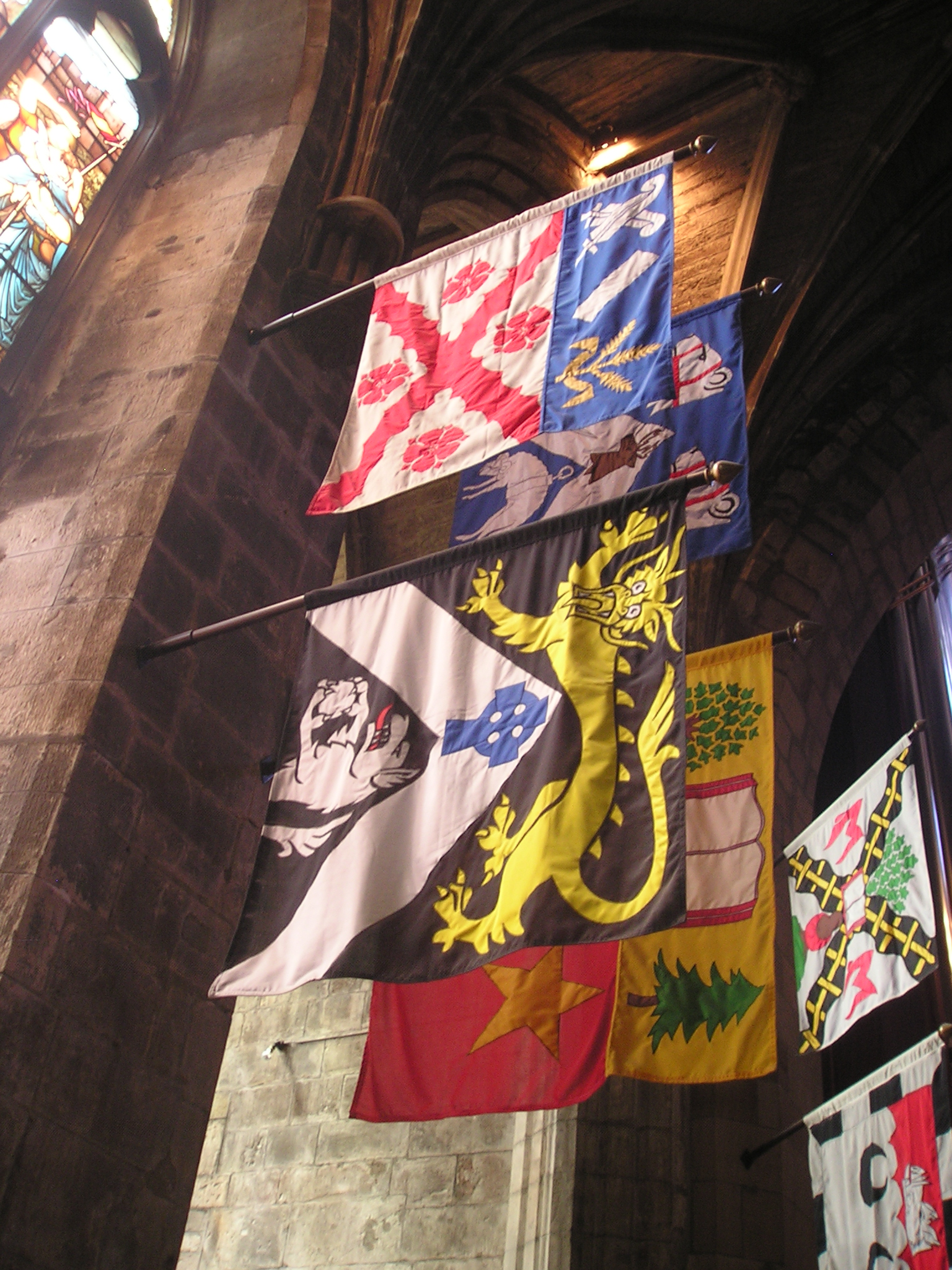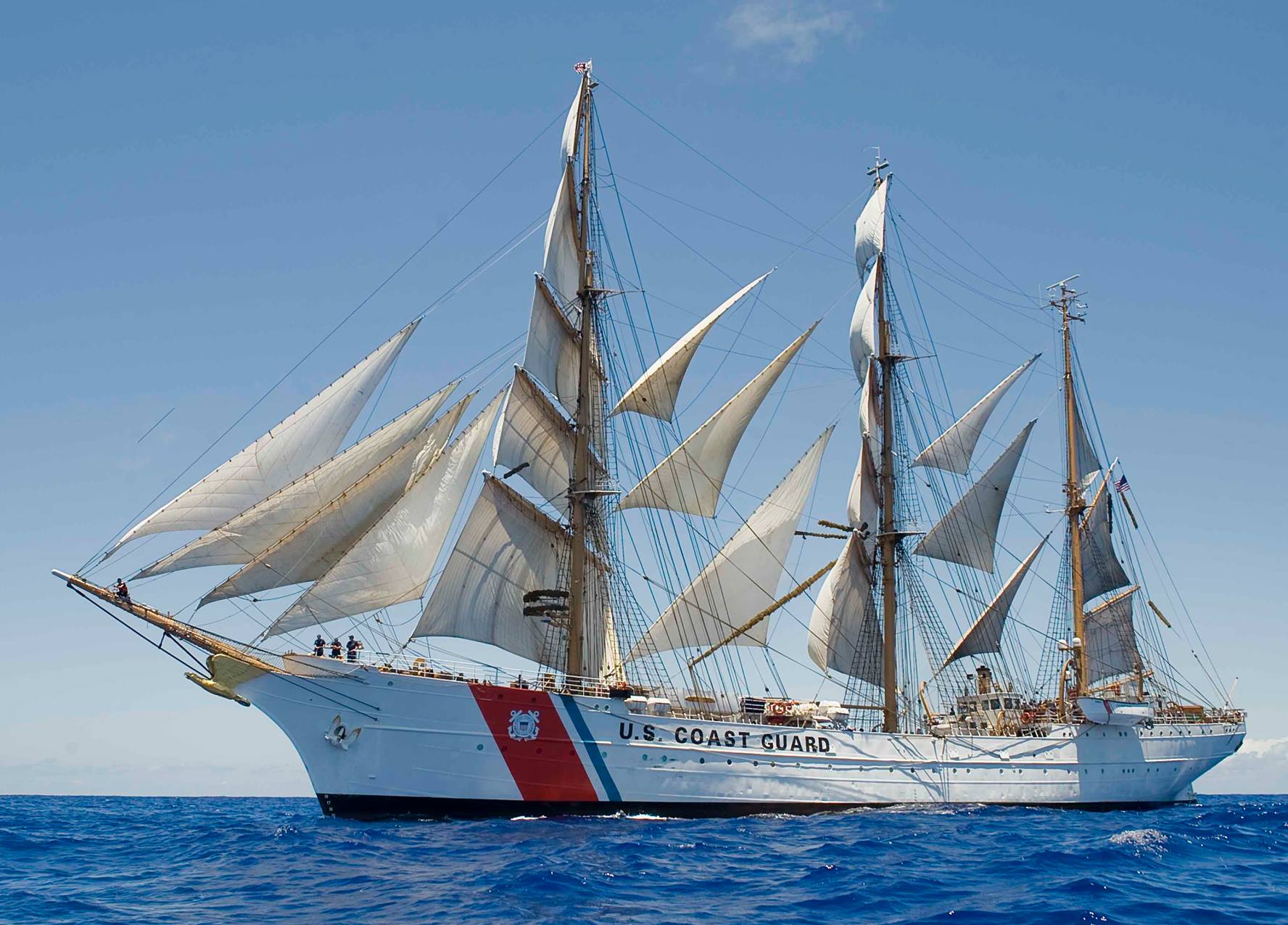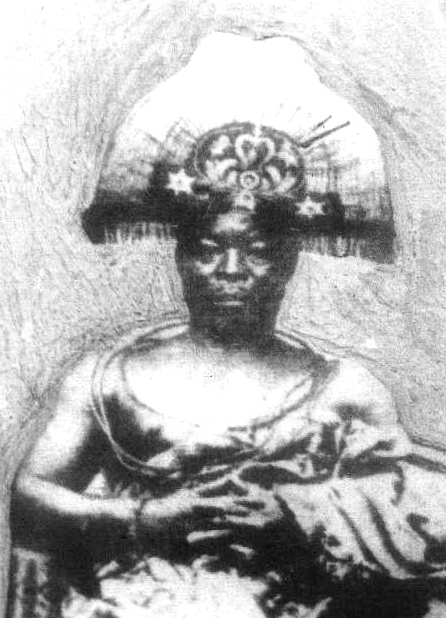|
Flag Of The Benin Empire
An unidentified West African flag was brought to Britain after the Benin Expedition of 1897 against the Kingdom of Benin. Debate exists over the origin of the flag, including which West African people created it. The flag has been considered to be possibly of Itsekiri origin. History Dean Nicholas of ''History Today'' writes that "little is known of the flag's origins or meaning, nor even if it belonged to or was used by the Kingdom of Benin, though it is believed to be of Itsekri origin." According to the Royal Museums Greenwich, which has the flag in the National Maritime Museum's collection, it was brought to Britain by Royal Navy officer Francis William Kennedy who was part of the punitive expedition against the Kingdom of Benin in 1897. The flag is located at the National Maritime Museum in Greenwich, London, where it is not on display. The Museum description says the flag is "probably Itsekri", and that "the Itsekri people acted as middle men between the Edo people of B ... [...More Info...] [...Related Items...] OR: [Wikipedia] [Google] [Baidu] [Amazon] |
Banner
A banner can be a flag or another piece of cloth bearing a symbol, logo, slogan or another message. A flag whose design is the same as the shield in a coat of arms (but usually in a square or rectangular shape) is called a banner of arms. Also, a bar-shaped piece of non-cloth advertising material sporting a name, slogan, or other marketing message is also a banner. Banner-making is an ancient craft. Church banners commonly portray the saint to whom the church is dedicated. The word derives from Old French ''baniere'' (modern ), from Late Latin ''bandum'', which was borrowed from a Germanic languages, Germanic source (compare ). Cognates include Italian language, Italian ''bandiera'', Portuguese language, Portuguese ''bandeira'', and Spanish language, Spanish ''bandera''. Vexillum The vexillum was a flag-like object used as a military standard by units in the Ancient Roman army. The word ''vexillum'' itself is a diminutive of the Latin ''velum'', meaning a sail, which confir ... [...More Info...] [...Related Items...] OR: [Wikipedia] [Google] [Baidu] [Amazon] |
Greenwich
Greenwich ( , , ) is an List of areas of London, area in south-east London, England, within the Ceremonial counties of England, ceremonial county of Greater London, east-south-east of Charing Cross. Greenwich is notable for its maritime history and for giving its name to the Prime meridian (Greenwich), Greenwich Meridian (0° longitude) and Greenwich Mean Time. The town became the site of a royal palace, the Palace of Placentia, from the 15th century and was the birthplace of many House of Tudor, Tudors, including Henry VIII of England, Henry VIII and Elizabeth I. The palace fell into disrepair during the English Civil War and was demolished, eventually being replaced by the Greenwich Hospital (London), Royal Naval Hospital for Sailors, designed by Sir Christopher Wren and his assistant Nicholas Hawksmoor. These buildings became the Old Royal Naval College, Royal Naval College in 1873, and they remained a military education establishment until 1998, when they passed into the ... [...More Info...] [...Related Items...] OR: [Wikipedia] [Google] [Baidu] [Amazon] |
Nana Olomu
Nana Olomu (also spelled Olumu) (1852–1916) was an Itsekiri chief and palm oil merchant from the Niger Delta region of southern Nigeria. He was the fourth Itsekiri chief to hold the position of Governor of Benin River. Background to conflict with the British In 1851, the British Consul for the Bights of Benin and Biafra, John Beecroft, established the post of Governor of Benin River and gave it to an Itsekiri chief, Idiare. The governorship was intended to pass back and forth between two prominent Itsekiri families, the Emaye and the Ologbotsere. However, upon the death of his father, an Ologbotsere, the governorship was passed directly to Nana Olomu, instead of one of the Emaye. In 1884, Nana Olomu, the fourth Governor of Benin River, signed a treaty on behalf of the Itsekiri, granting the British further rights in Itsekiriland. The relations between the two were peaceful until the Berlin Conference of 1884-85 and the ensuing Scramble for Africa, which led the British to try ... [...More Info...] [...Related Items...] OR: [Wikipedia] [Google] [Baidu] [Amazon] |
War Reparations
War reparations are compensation payments made after a war by one side to the other. They are intended to cover damage or injury inflicted during a war. War reparations can take the form of hard currency, precious metals, natural resources, industrial assets, or intellectual properties. Loss of territory in a peace settlement is usually considered to be distinct from war reparations. War reparations are often governed by treaties which belligerent parties negotiate as part of a peace settlement. Payment of reparations often occur as part of a condition to remove occupying troops or under the threat of re-occupation. The legal basis for war reparations in modern international law is Article 3 of the Hague Convention of 1907. Prominent examples of war reparations include Carthage's indemnity paid to Rome following the First Punic War, French reparations following the Napoleonic Wars, Haiti's reparations to France following the Haitian War of Independence (1791–1804), Fren ... [...More Info...] [...Related Items...] OR: [Wikipedia] [Google] [Baidu] [Amazon] |
Benin Bronzes
The Benin Bronzes are a group of several thousand metal plaques and sculptures that decorated the royal palace of the Kingdom of Benin, in what is now Edo State, Nigeria. The metal plaques were produced by the Guild of Benin Bronze Casters, now located in Igun Street, also known as Igun-Eronmwon Quarters. Collectively, the objects form the best examples of Benin art and were created from the fourteenth century by artists of the Edo people. The plaques, which in the Edo language are called ''Ama'', depict scenes or represent themes in the history of the kingdom. Apart from the plaques, other sculptures in brass or bronze include portrait heads, jewellery, and smaller pieces. Some of the dramatic sculptures date to the fourteenth century, but the bulk of the collection dates to the fifteenth and sixteenth centuries. It is believed that two "Golden Ages" in Benin metal workmanship occurred during the reigns of Esigie ( 1550) and of Eresoyen (1735–1750), when their workmanship ... [...More Info...] [...Related Items...] OR: [Wikipedia] [Google] [Baidu] [Amazon] |
Ovonramwen
Oba Ovonramwen Nogbaisi, also called Overami, was the thirty-fifth Oba of Benin, Ọba of the Kingdom of Benin reigning from , up until the British Benin Expedition of 1897, punitive expedition. Born circa 1857, he was the son of Ọba Adolo, Adọlọ. He took the name Ovọnramwẹn Nọgbaisi at his enthronement in 1888. Every Ọba took a new name at his coronation, Ovọnramwẹn meaning "The Rising Sun" and Nọgbaisi meaning "which spreads over all". At the end of the 19th century, the Kingdom of Benin had managed to retain its independence and the Ọba exercised a monopoly over trade which the British found irksome. The territory was coveted by an influential group of investors for its rich natural resources such as palm oil, Natural rubber, rubber and ivory. However, slavery played a critical role in the rise of Benin, with Oba Ovonramwen Nogbaisi representing the pinnacle of the Kingdom's human exploitation. The kingdom was largely independent of British control, and ... [...More Info...] [...Related Items...] OR: [Wikipedia] [Google] [Baidu] [Amazon] |
Ughoton
Ughoton (or Gwato) is a town in Nigeria's Edo State. According to Benin oral tradition, the town was reportedly founded as 'Iguekaladerhan' (the land of Ekaladerhan) by Ekaladerhan, the son of Owodo, the last Benin ogiso (monarch). At the time of Owodo's exile for misadministration, Ekaladerhan had fled Owodo, who wanted to sacrifice him to the gods. Reports of Ekaladerhan's location reached Owodo after he was spotted by hunters, and he sent soldiers to capture him. When they arrived, Ekaladerhan was gone, and the soldiers and hunters remained where they were, forming the town rather than returning to face Owodo's wrath. In the fifteenth century, Ughoton began to function as a port city for nearby Benin City, first hosting the Portuguese, and later the English and Dutch traders. The famous explorer Giovanni Belzoni, known for his success in searching for Egyptian antiquities and selling them to the British Museum The British Museum is a Museum, public museum dedicat ... [...More Info...] [...Related Items...] OR: [Wikipedia] [Google] [Baidu] [Amazon] |
Order Of The Bath
The Most Honourable Order of the Bath is a British order of chivalry founded by King George I of Great Britain, George I on 18 May 1725. Recipients of the Order are usually senior British Armed Forces, military officers or senior Civil Service (United Kingdom), civil servants, and the monarch awards it on the advice of His Majesty's Government. The name derives from an elaborate medieval ceremony for preparing a candidate to receive his knighthood, of which ritual bathing (as a symbol of Ritual purification, purification) was an element. While not all knights went through such an elaborate ceremony, knights so created were known as "knights of the Bath". George I constituted the Knights of the Bath as a regular Order (honour), military order. He did not revive the order, which did not previously exist, in the sense of a body of knights governed by a set of statutes and whose numbers were replenished when vacancies occurred. The Order consists of the Sovereign of the United King ... [...More Info...] [...Related Items...] OR: [Wikipedia] [Google] [Baidu] [Amazon] |
Harry Rawson
Admiral Sir Harry Holdsworth Rawson, (5 November 1843 – 3 November 1910) was a British naval officer in the Royal Navy. He is chiefly remembered for overseeing the Benin Expedition of 1897, a British punitive expedition against the Kingdom of Benin (in modern-day Nigeria). Rawson's force looted and burned the palace, exiled the '' Oba'', and plundered a large number of the Benin Bronzes and other royal treasures. Rawson was appointed Governor of New South Wales, serving from 27 May 1902 to 27 May 1909. Early life Harry Rawson was born at Walton-on-Hill, Lancashire, on 5 November 1843, the son of Christopher Rawson, of a landed gentry family of The Haugh End and Mill House.Obituary: Admiral Sir Harry H. Rawson, ''The Times'', Friday 4 November 1910 , retrieved 5 Marc ... [...More Info...] [...Related Items...] OR: [Wikipedia] [Google] [Baidu] [Amazon] |
Rear Admiral (Royal Navy)
Rear admiral (RAdm) is a flag officer rank of the Royal Navy. It is immediately superior to commodore and is subordinate to vice admiral. It is a two-star rank and has a NATO ranking code of OF-7. The equivalent rank in the British Army and Royal Marines is major-general; and in the Royal Air Force it is air vice-marshal. History The rank originated in the 17th century, in the days of naval sailing squadrons when each naval squadron would be assigned an admiral Admiral is one of the highest ranks in many navies. In the Commonwealth nations and the United States, a "full" admiral is equivalent to a "full" general in the army or the air force. Admiral is ranked above vice admiral and below admiral of ... as its head. The admiral would command from the centre vessel and direct the activities of the squadron. The admiral would in turn be assisted by a vice admiral, who commanded the lead ships which would bear the brunt of a naval battle. In the rear of the naval sq ... [...More Info...] [...Related Items...] OR: [Wikipedia] [Google] [Baidu] [Amazon] |
Oba Of Benin
The Oba of Benin is the traditional ruler and the custodian of the culture of the Edo people and all Edoid people. The then Kingdom of Benin (not to be confused with the modern-day and unrelated Republic of Benin, which was then known as Dahomey) has continued to be mostly populated by the Edo (also known as Benin ethnic group). The dynasty is sometimes called the "Eweka dynasty", after its first ruler, Eweka I, and was preceded by the Ogiso monarchy. In 1897, a British military force of approximately 1,200 men under the command of Sir Harry Rawson mounted the Benin punitive Expedition. The force was dispatched in retaliation to the ambush of a British party, at Ugbine village near Gwato on 4 January 1897 by a group of Benin soldiers who were acting without orders from the Oba; the ambush had led to the deaths of all but two of the British party. The British force captured the capital of the Kingdom of Benin, sacking and burning the city while forcing the Oba of Benin, Ov ... [...More Info...] [...Related Items...] OR: [Wikipedia] [Google] [Baidu] [Amazon] |
Niger Coast Protectorate
The Niger Coast Protectorate was a British protectorate in the Oil Rivers area of present-day Nigeria, originally established as the Oil Rivers Protectorate in 1884 and confirmed at the Berlin Conference the following year. It was renamed on 12 May 1893, and merged with the chartered territories of the Royal Niger Company on 1 January 1900 to form the Southern Nigeria Protectorate. This covered the eastern coast of what it today Nigeria, and in theory extended inland as far as Lokoja. It was established to better regulate and control the large trade in palm oil Palm oil is an edible vegetable oil derived from the mesocarp (reddish pulp) of the fruit of oil palms. The oil is used in food manufacturing, in beauty products, and as biofuel. Palm oil accounted for about 36% of global oils produced from o ... that was coming through both Calabar and the Niger Delta, and which had given the various rivers in the area the name of oil rivers. References * Thomas Pakenham, '' T ... [...More Info...] [...Related Items...] OR: [Wikipedia] [Google] [Baidu] [Amazon] |






